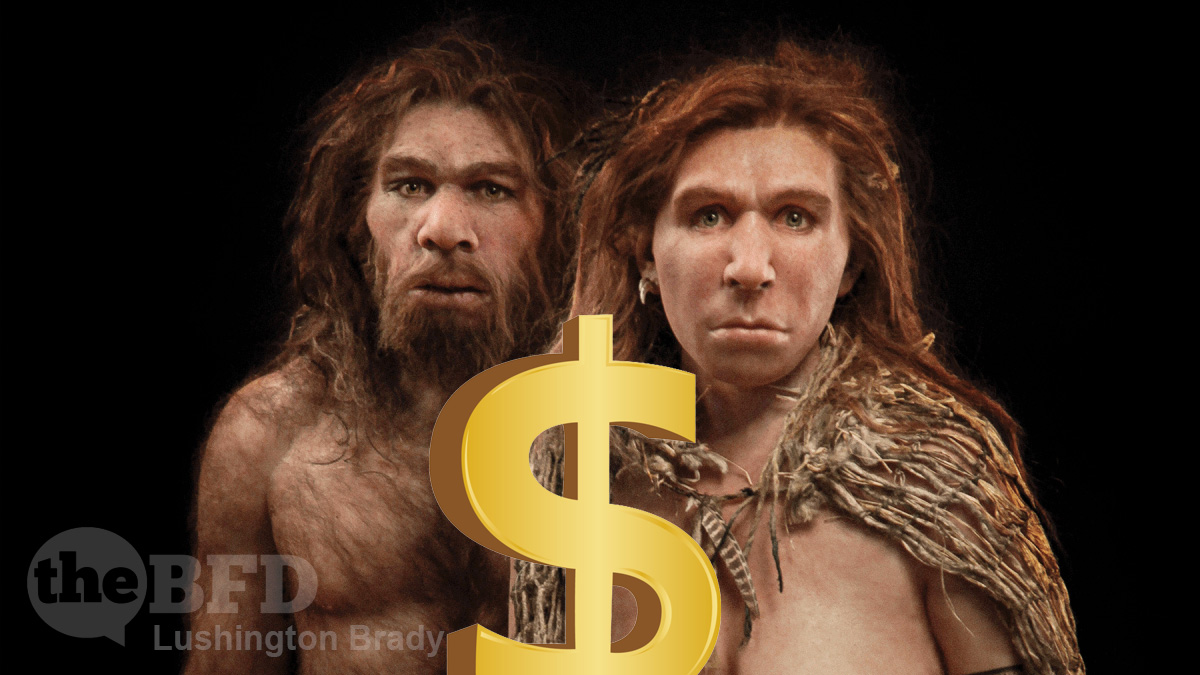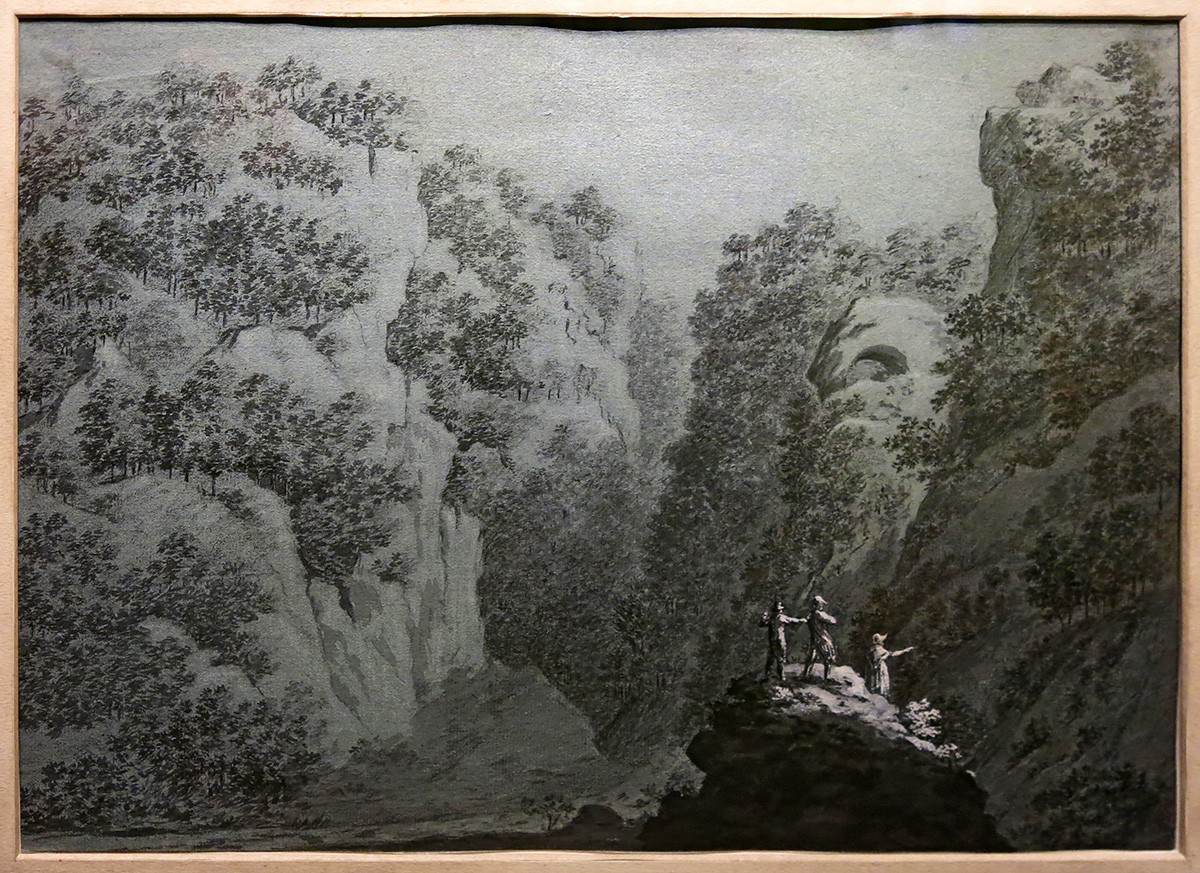Table of Contents
Etymology is a fascinating subject. The threads connecting words are often fascinating and startling. Who would have thought, for instance, that chauvinism, meaning fanatical patriotism or prejudiced belief in the superiority of one’s own kind, is a twin (etymologically speaking) of Calvinism? But, rather than casting aspersions on Swiss Protestants, the modern usage derives from the character Nicholas Chauvin, a fanatical follower of Napoleon in a popular 19th century vaudeville (vaudeville, by the way, means “a country song”).
English, a language that has famously borrowed from and been shaped by many other languages, has a rich vein of etymology to mine for puns and riddles (a favourite pastime of the Anglo-Saxons). Lewis Carroll never intended his famous riddle, “Why is a raven like a writing desk?” to actually have an answer, but similar riddles can be answered.
For instance, why is a Neanderthal like a dollar?

To answer, we have to go all the way back to 16th century Germany.
German scholars wanting to put on a bit of swank got into the fashion of Latinising or Grecianising their names (Latin and Greek being the linguas franca of the learned, donchaknow?).
Thus Luther’s friend and collaborator Philipp Schwartzerdt (which he interpreted as meaning “black-earth”) Greeked his name to Melanchthon. Georg Bauer (“farmer”), the naturalist, became Georgius Agricola; the pencil-making family that had been Schmidt (“smith”) became Faber; and the map-maker Gerhard Kremer (“shopkeeper”) signed his maps Mercator.
An intellectual named Neumann (just what it sounds like in English, “new man”) turned the name to Greek as Neander. It stuck, and his grandson was Joachim Neander, who, after an idle youth, found religion and discovered a talent for hymn-writing.
Joachim Neander worked as a rector in Düsseldorf and was inspired by a local river valley peppered with limestone caves. His fame so grew after his death (death has been a good career move for musicians for centuries, although Neander lived just a few years too long to join the 27 Club) that his name was bestowed on the river gorge. It became Neander-thal (“Neander’s Valley”).

Cue the sound of dropping pennies.
The Neanderthal valley’s limestone caves became thriving quarries in the 19th century. In 1856, quarry diggers began unearthing curious bones. A local teacher and fossil collector quickly recognised that they were human – but not human as anyone then knew it.
Thus, humanity’s ancient cousins were dubbed Neanderthals.
So why is a Neanderthal like a dollar?
That German word tal or thal also is, via another valley on the far side of the German map, the source of our dollar, the name of the monetary unit or standard of value in the U.S. and Canada.
It came to English in the 1550s as daler, and it was then the name of a large, silver coin of varying value in the German states. The word itself is from Low German daler, from German taler (1530s, later thaler), an abbreviation of Joachimstaler, literally “(gulden) of the valley of Joachim.”
That was the name of a coin minted by 1519 from the silver from a mine opened in 1516 near Sankt Joachimsthal, a town in the Erzgebirge Mountains in northwest Bohemia. (The German given name is from Old Testament Hebrew, but seems not to have been used by the English; it is, however, cognate with Spanish Joaquín.) The English spelling had been modified to dollar by 1600.
Online Etymology Dictionary
The thaler was the mostly-standard coin of Northern Europe. German-speaking settlers were prominent in early American colonies like Pennsylvania (by the Revolutionary War, nearly half of Pennsylvanians were German immigrants). The English-speaking colonies very early on began referring to the common Spanish peso (the famous “Piece of Eight” screeched by many a buccaneer’s parrot) as the “Spanish dollar”.
In the Revolutionary era, presumably wanting to distance themselves from the British Pound, the Continental Congress of 1786 therefore adopted the “dollar” the new U.S. currency.
So that’s why a Neanderthal is like a dollar.
The origin of the dollar sign, though, is a whole ’nuther story, for another time.
Please share this article so that others can discover The BFD









